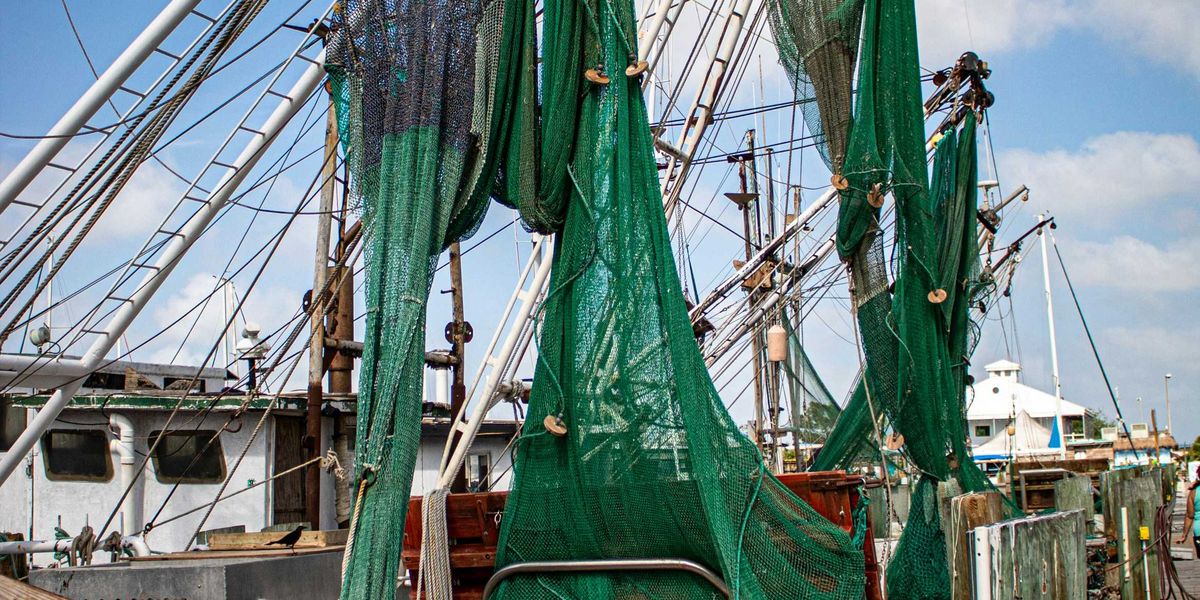reservoirs
South Texas cities seek new water sources as Rio Grande dries up
Faced with severe drought, South Texas cities are exploring costly but innovative methods to secure their water supply.
In short:
- The Rio Grande's water levels are critically low, pushing South Texas cities to find alternative water sources.
- Edinburg plans a new water treatment facility to extract water from underground aquifers and reuse wastewater.
- Reverse osmosis is gaining popularity in the region despite high costs and environmental concerns.
Key quote:
"We see the future and we've got to find different water alternatives, sources. You know how they used to say water is gold? Now it's platinum."
— Tom Reyna, Edinburg assistant city manager
Why this matters:
With the Rio Grande no longer reliable, South Texas faces water scarcity that threatens both residential and agricultural needs. Innovative solutions are essential but may be financially unattainable for smaller communities without state support.
Putting salt in tap water and drilling wells in parks: One city's desperate quest to avoid running dry
Found: Giant freshwater deposits hiding under the sea
Researchers are discovering freshwater reservoirs below the coastal seafloor that might someday save dry regions from drought.
Andrew Schwartz: California’s snow is melting, and it’s a beautiful thing
If only for one year, abundant, clear and cold waters will come down from the Sierra Nevada mountains. It’s a breath of fresh air after seemingly endless bad news about water, climate, and natural disasters in the West, one to celebrate.









